In the last newsletter I introduced a 4-step process for improving the quality of your conversations with your teams. I then covered the first, and perhaps most important step, PREPARATION.
But once that is done and you are about to get underway how do you start the conversation?
Step 2 – Starting the conversation
- Welcome
- Setting context and expectations
- Check-in
Welcome
Welcome everyone
Remember to
- Break and breath before you start
- Use eye contact
- Use approachable voice patterns, gestures and movements.
Setting context and expectations
Clearly state
- the reason for meeting
- what you want to achieve as a result of the meeting
- Your expectation of them during the meeting
This needs to be done every time you meet.
Good to write it up on board / flip chart so everyone gets the message in 2 ways (hear and see it).
Here is an example of what a leader might say to a team at the beginning of a regular conversation about safety.
“This is our weekly safety meeting and today we are covering the procedure related to how we work safely when we have a thunderstorm.
Tom is going to give us a quick overview of the procedure.
Then we are going to review specifically what it means for our team.
The idea is that everyone contributes something from their experience and identify any areas of concern.
When we leave we need to be clear about
- the procedures
- specific actions we need to take before we meet again”
Check-in
Getting everyone to check-in to a meeting or conversation is really useful, because it starts the 2-way engagement process. It also allows those who find it more difficult to speak up in a group to hear themselves and that may give them more confidence to participate. Using a quick check-in question related to the topic also helps to focus the attention.
The rules of a check-in
- write the statement or question up for all to see.
- Ask for a volunteer to start with their response.
- Then go around the group, one-by-one.
- A check-in is not a time to comment on or debate people’s responses.
- It should take no more than 30 seconds for each person.
Examples of good check-in questions
- What is one example of safe behavior you have seen amongst your team members since we met last
- One specific point related to the procedure we reviewed at our last meeting
- A few words that describe how we have worked as a team since we last met
- One thing we said we would do better at these meetings
Next time:
In the next newsletter I will cover the next step which is about how to guide the conversation, keep it on track, as well as encouraging the airing or surfacing of all the issues.
Jill Tideman







